Hosta ‘Big Daddy’
Short-cluster plantain lily, giant blue hosta
£10.95
Hosta ‘Big Daddy’ is, as the name suggests, one of the largest growing of all with huge overlapping piles of enormous, heart-shaped, puckered, glaucous blue-grey, cupped leaves. Stalks of white, nodding, trumpet-shaped flowers are bourne in early summer.
Plantain Lilies are deciduous herbaceous perennials and unrivalled stalworts of the woodland garden.
FREE DELIVERY FOR ONLINE ORDERS*
*(parcel orders over £60.00 and pallet deliveries over £350.00)
Order today for shipping on Monday 29th July.
Plant Biography
Hosta ‘Big Daddy’ is a hybrid of H.seiboldiana, whoever it’s other parent is not know. Massive leaves and greyish wite, bell shaped foliage point to a strong connection to H.seiboldiana.
The glaucous substance on the leaves serve both as a protection from too much sunlight as well as a deterrent for slug. Due to this layer of protection, the Big Daddy Hosta is more resistant to slugs than other varieties.
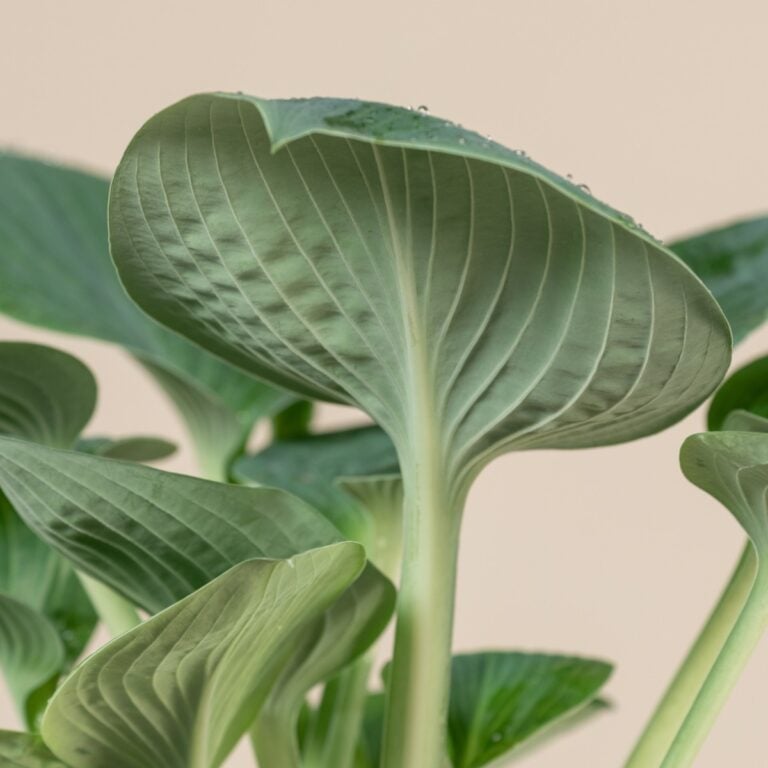
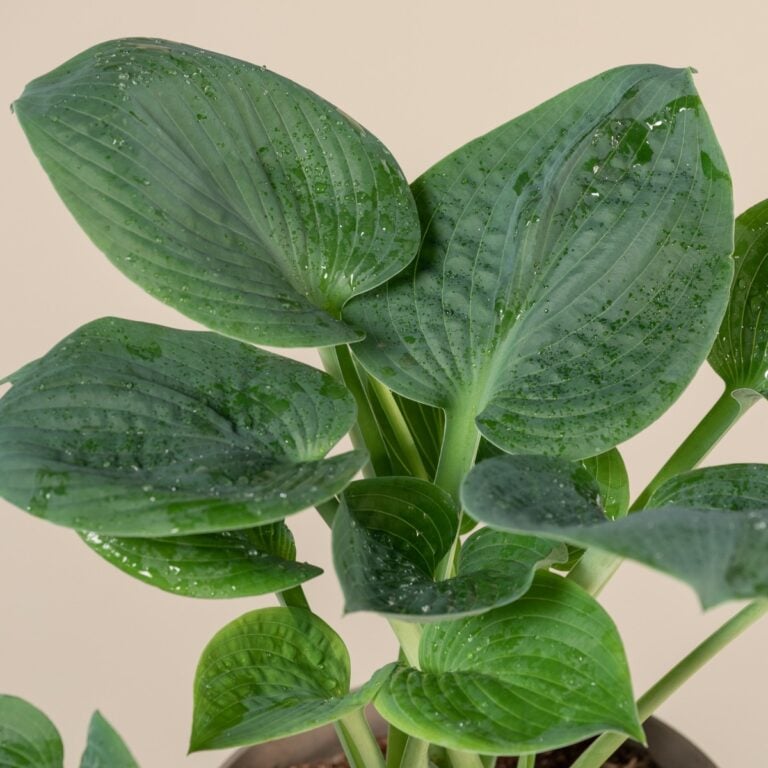
Care & Size Guidance
Plantain Lilies are deciduous herbaceous perennials and unrivalled stalwarts of the woodland garden. They generally conform to the same growth habit yet even the subtlest variations in colour or texture make them eminently collectable. Most varieties are best left to establish for a few years after planting to reach their full potential and character and given protection against slugs and snails.
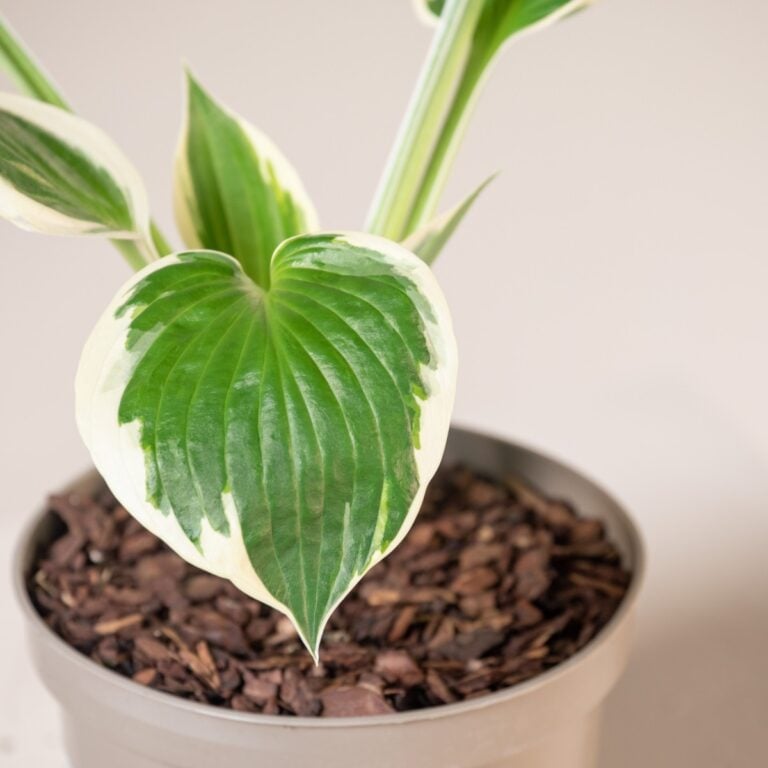
Planting Hostas
Hostas thrive in well-draining, rich soil which has a slightly acidic to neutral pH (around 6.0 to 7.5). Before planting, amend the soil with organic matter such as compost or aged manure to improve its texture and fertility. Work the amendments into the soil to a depth of about 30cm.
If the roots are tightly bound, gently tease them apart to encourage outward growth. Place the plant in the centre of the planting hole, ensuring that it is positioned at the same depth as it was in the container. Backfill with compost and keep the soil consistently moist but not waterlogged while it is getting established.
Apply a layer of organic mulch, such as shredded bark or compost, around the base of the Hosta plant to help retain soil moisture and suppress weed growth. Keep the mulch a few inches away from the stem to prevent rot and fungal diseases.
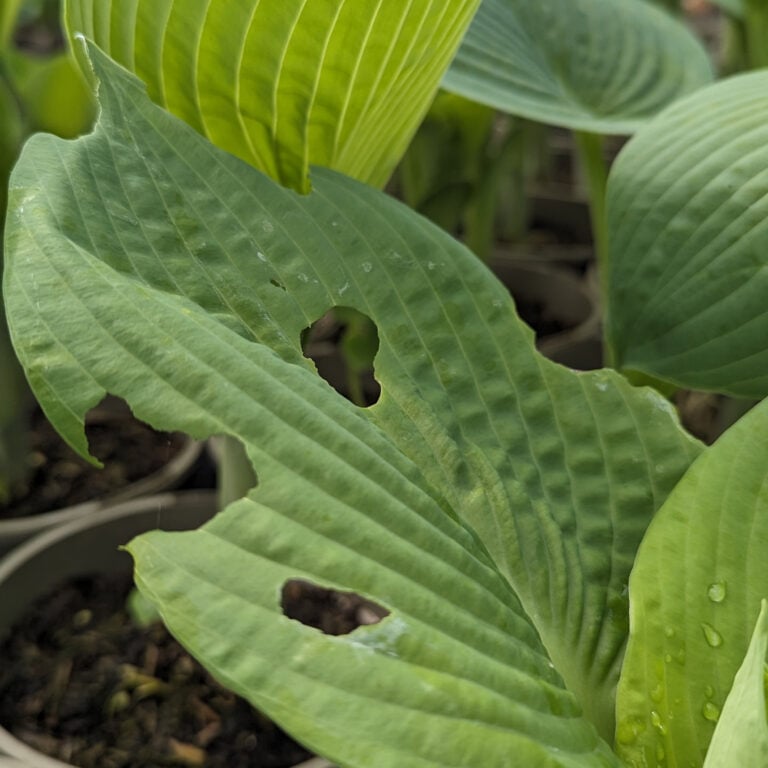
A slug magnet
Hostas are a magnet for slugs and often fall victim to them, creating a challenging relationship for gardeners. Slugs are voracious nocturnal feeders (insert Hosta vampire reference here!) that can cause significant damage to Hostas, particularly by consuming their tender leaves.
Hosta plants are particularly attractive to slugs due to their succulent leaves and the moist, shady environments they often grow in. They can consume significant portions of the foliage, compromising the plant’s ability to photosynthesise and ultimately weakening it.
Gardeners often employ various strategies to control slug populations and protect their Hosta plants. These may include physical barriers such as copper tape or diatomaceous earth, which create obstacles that slugs are reluctant to cross. A more recent
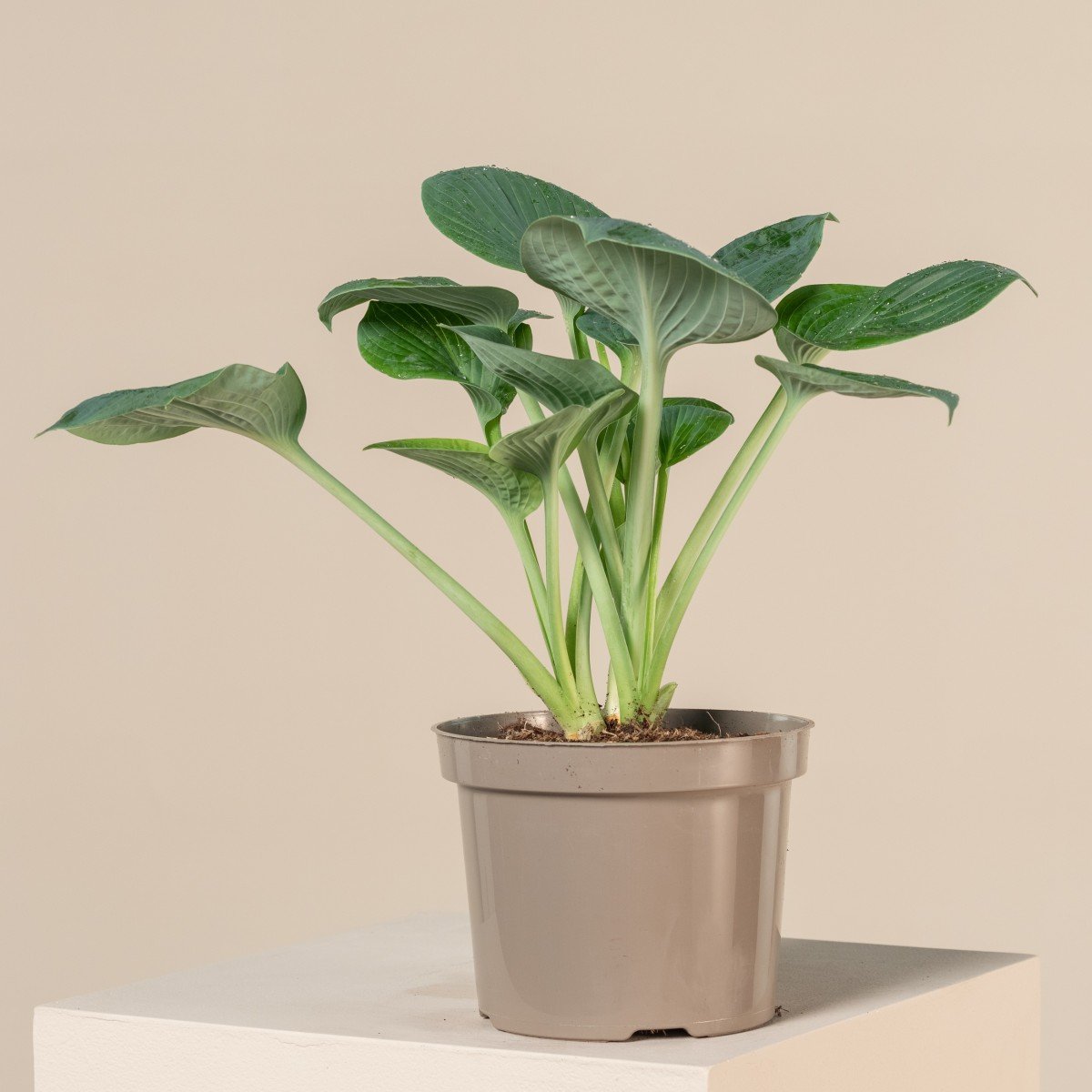
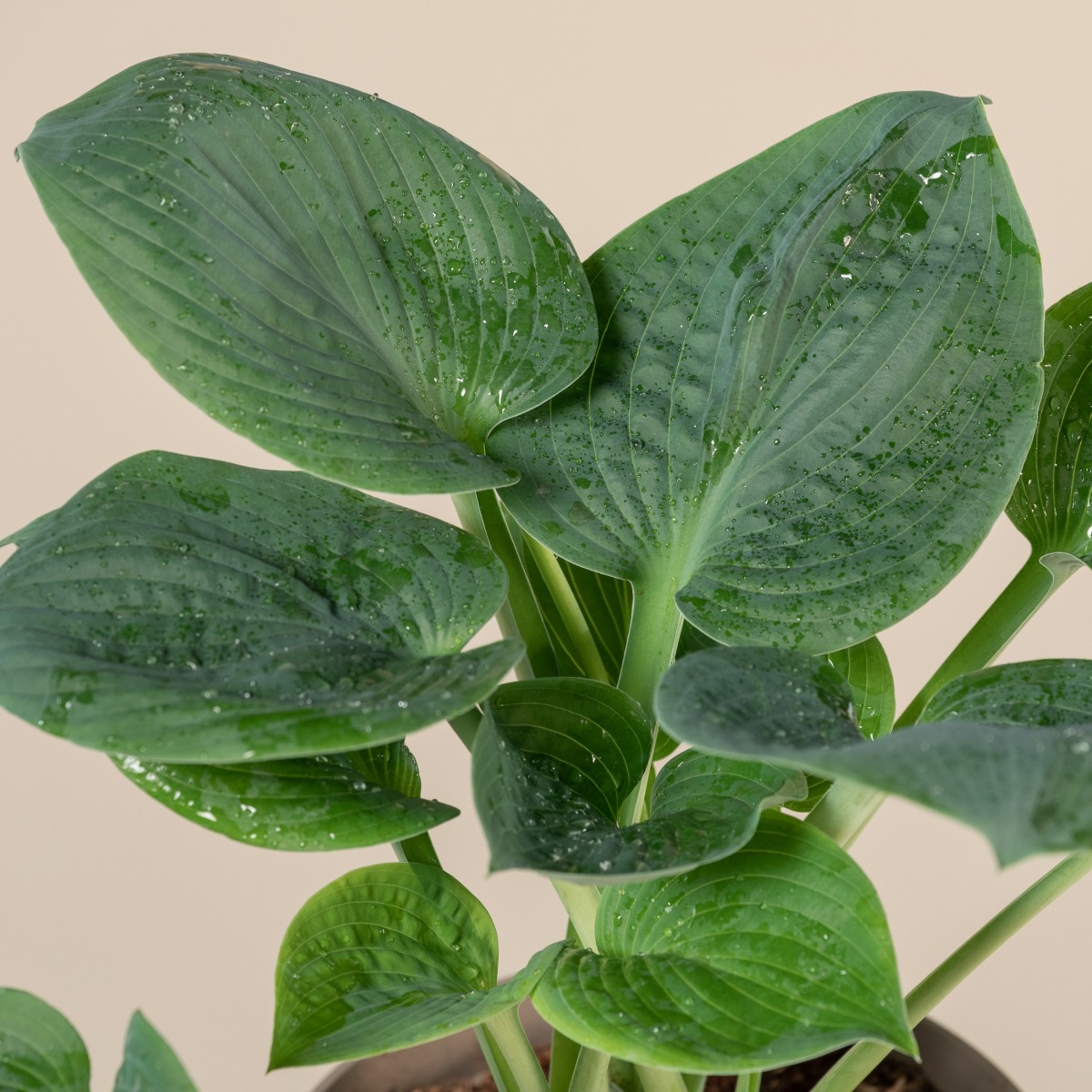
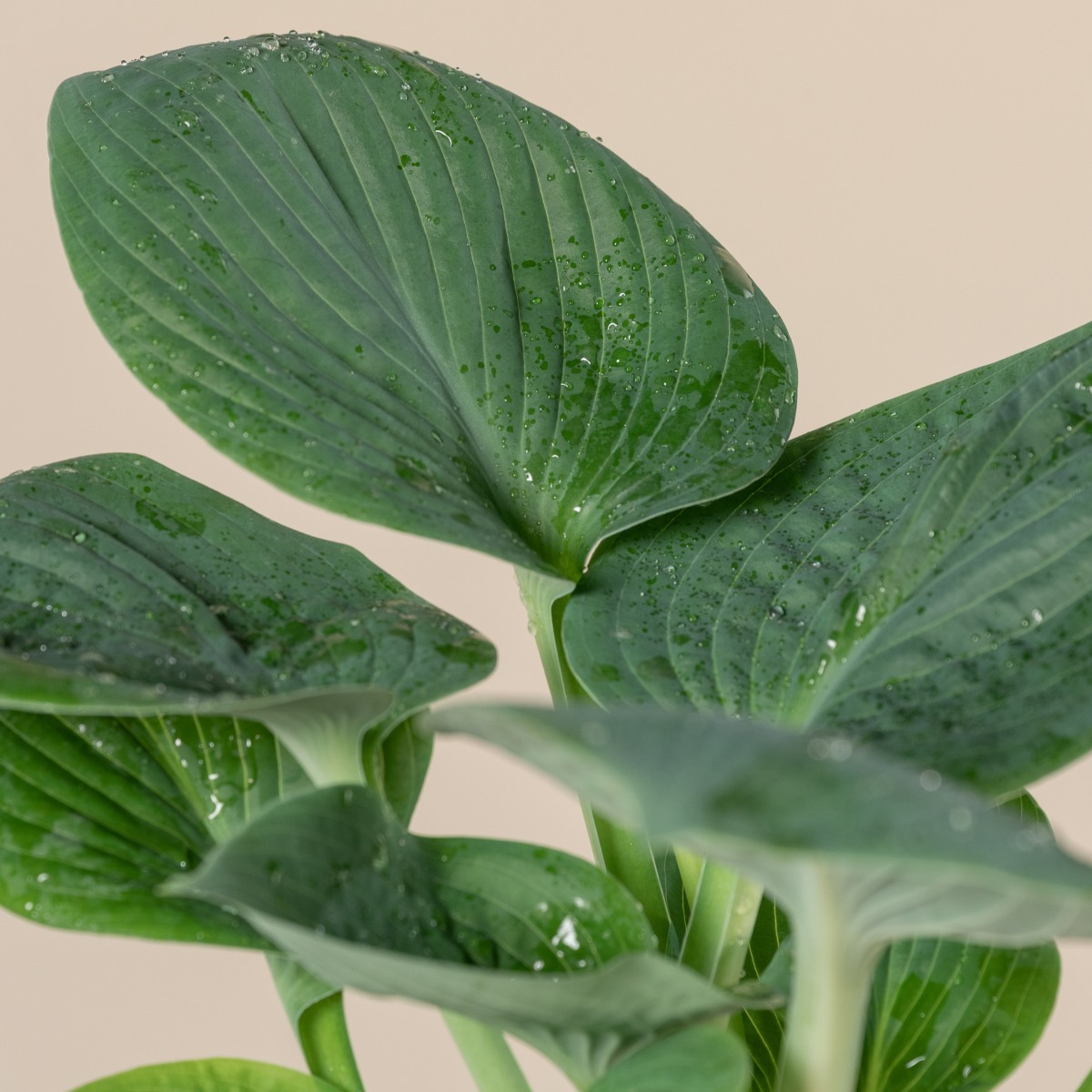
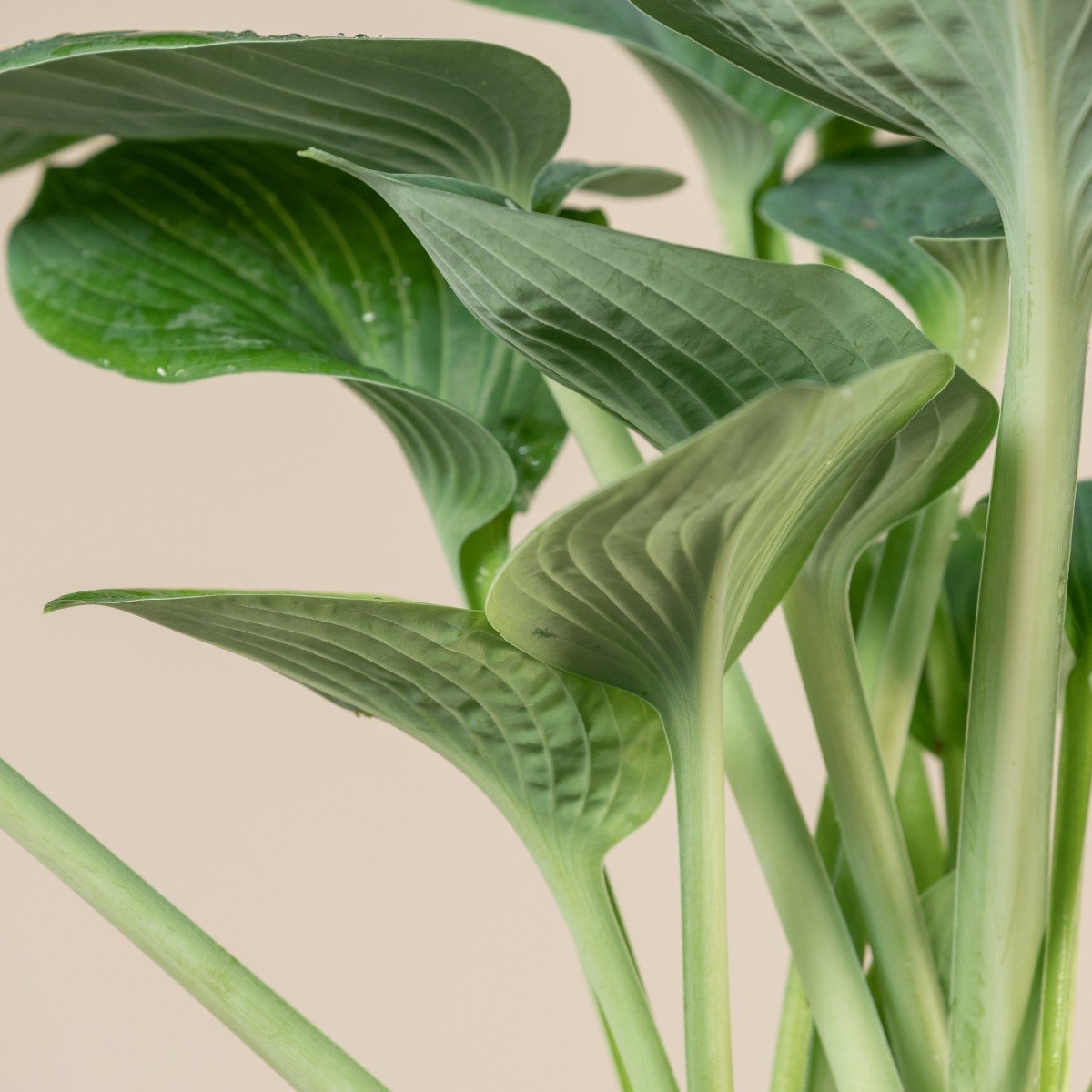
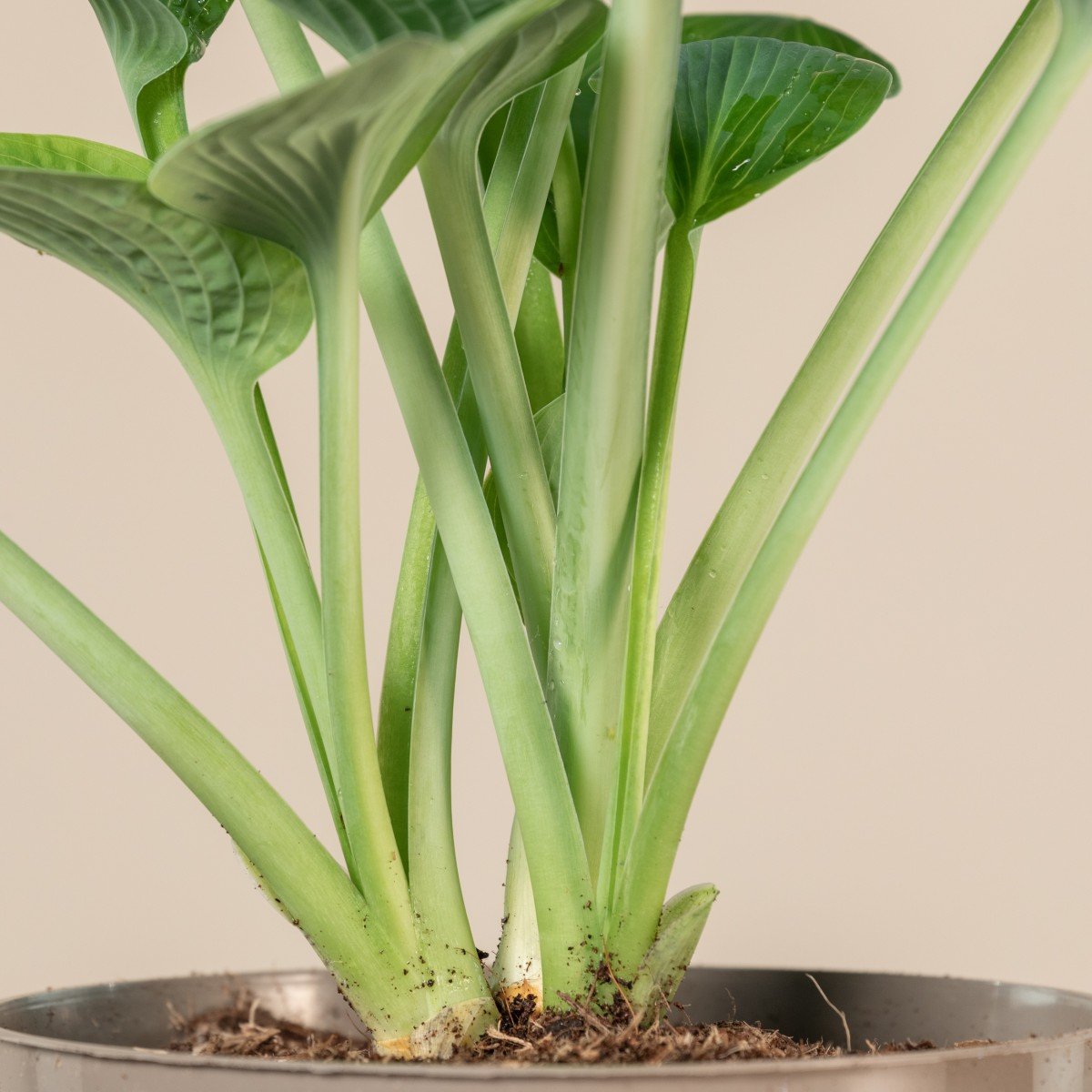

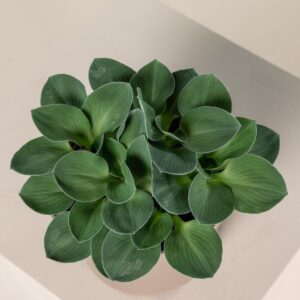
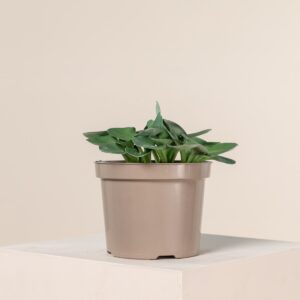
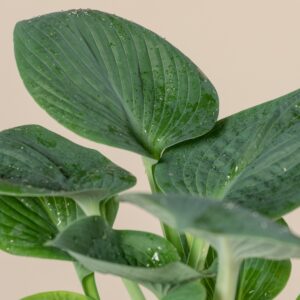
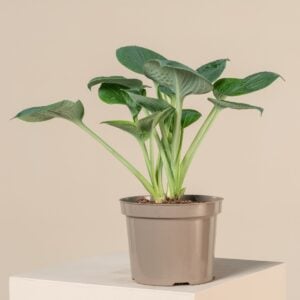
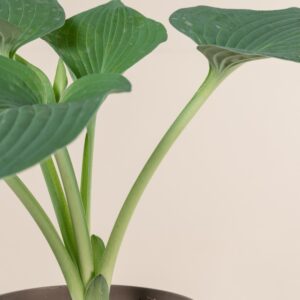
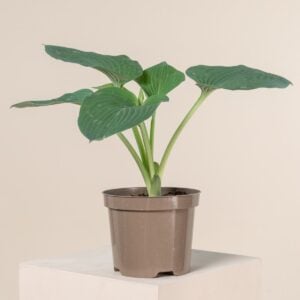
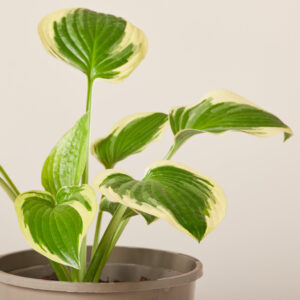
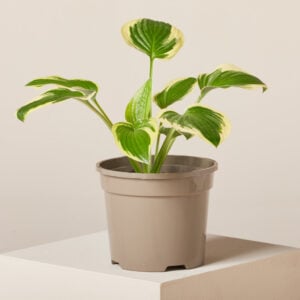
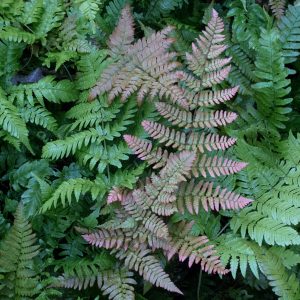
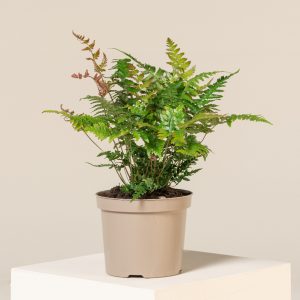
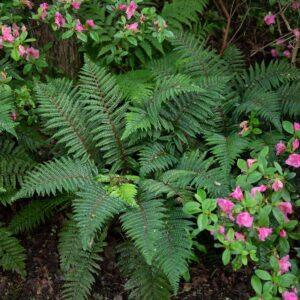
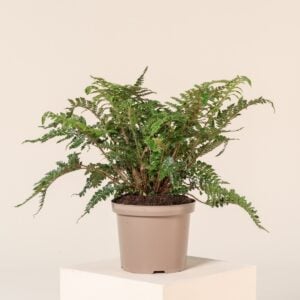
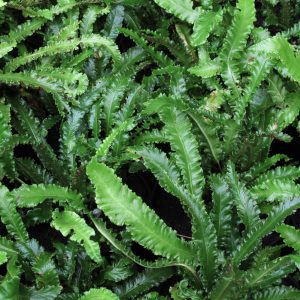
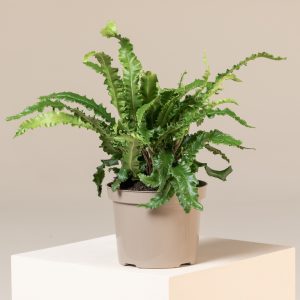
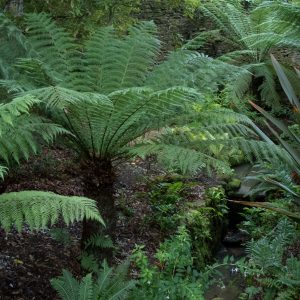

Seems healthy though smaller than pciture online, only 3 stems not the 11 that are illustrated.
Rachael Thacker (verified owner) –